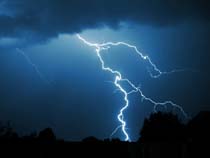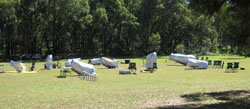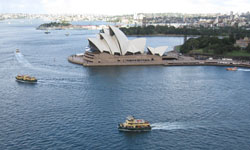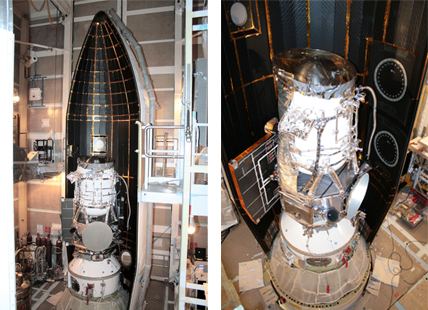 Today we are happy and proud to announce the release of Phase 2 of Share Astronomy. Frequent visitors to this site will notice that we are no longer "just a blog". Share Astronomy is now a full-featured web application that will let you share your astronomy projects with people all over the world.
Today we are happy and proud to announce the release of Phase 2 of Share Astronomy. Frequent visitors to this site will notice that we are no longer "just a blog". Share Astronomy is now a full-featured web application that will let you share your astronomy projects with people all over the world.
What kind of projects can you create? Well, pretty much anything you can think of. For example you can:
- Show others how to collimate a reflecting telescope.
- Provide detailed information on how you built an observing chair.
- Document how you and other educators built telescopes for use by students interested in astronomy.
- Create a tutorial on using a DSLR camera to get started with astro imaging.
- Illustrate how you and your daughter built a radio telescope using NASA’s Radio Jove kit.
- Explain how to build a battery pack to power the fans and dew heaters used on your 25" dob.
- Help other astronomers build their first spectrograph.
- Record your progress creating planetary astro images.
- And more – just let your imagination run wild!
We believe Share Astronomy provides advantages over your other alternatives:
- You no longer have to create multiple forum posts for each image and description.
- You no longer have to create, maintain and pay for your own web site just to show others your images or projects.
- We assist with the organization of your project by providing areas for a short synopsis, a detailed description, an equipment list and as many images and associated descriptions as you wish.
- Share Astronomy was designed to be easy to learn and easy to use.
- Share Astronomy is free.
We believe Share Astronomy is a truly unique tool and we hope you will use this site to share your work and your ideas with others.
We are here to help. If you have questions please send an email to "info at nealstreetdesign dot com". If you have problems with Share Astronomy please send an email to "problems at nealstreetdesign dot com". (Please make the necessary substitutions in the email addresses. We have to show it this way to protect ourselves from the evil spammers.)
Have fun and let us know what you think!

 Hello again from Coonabarabran – the Astronomy Capital of Australia. As I promised, this blog post will address the wonderful Southern Skies and our fantastic viewing experiences here at
Hello again from Coonabarabran – the Astronomy Capital of Australia. As I promised, this blog post will address the wonderful Southern Skies and our fantastic viewing experiences here at  Hello from Coonabarabran, NSW, Australia. I am happy to report that we are having a fantastic time at the Deepest South Texas Star Safari (DSTSS).
Hello from Coonabarabran, NSW, Australia. I am happy to report that we are having a fantastic time at the Deepest South Texas Star Safari (DSTSS). In
In 
